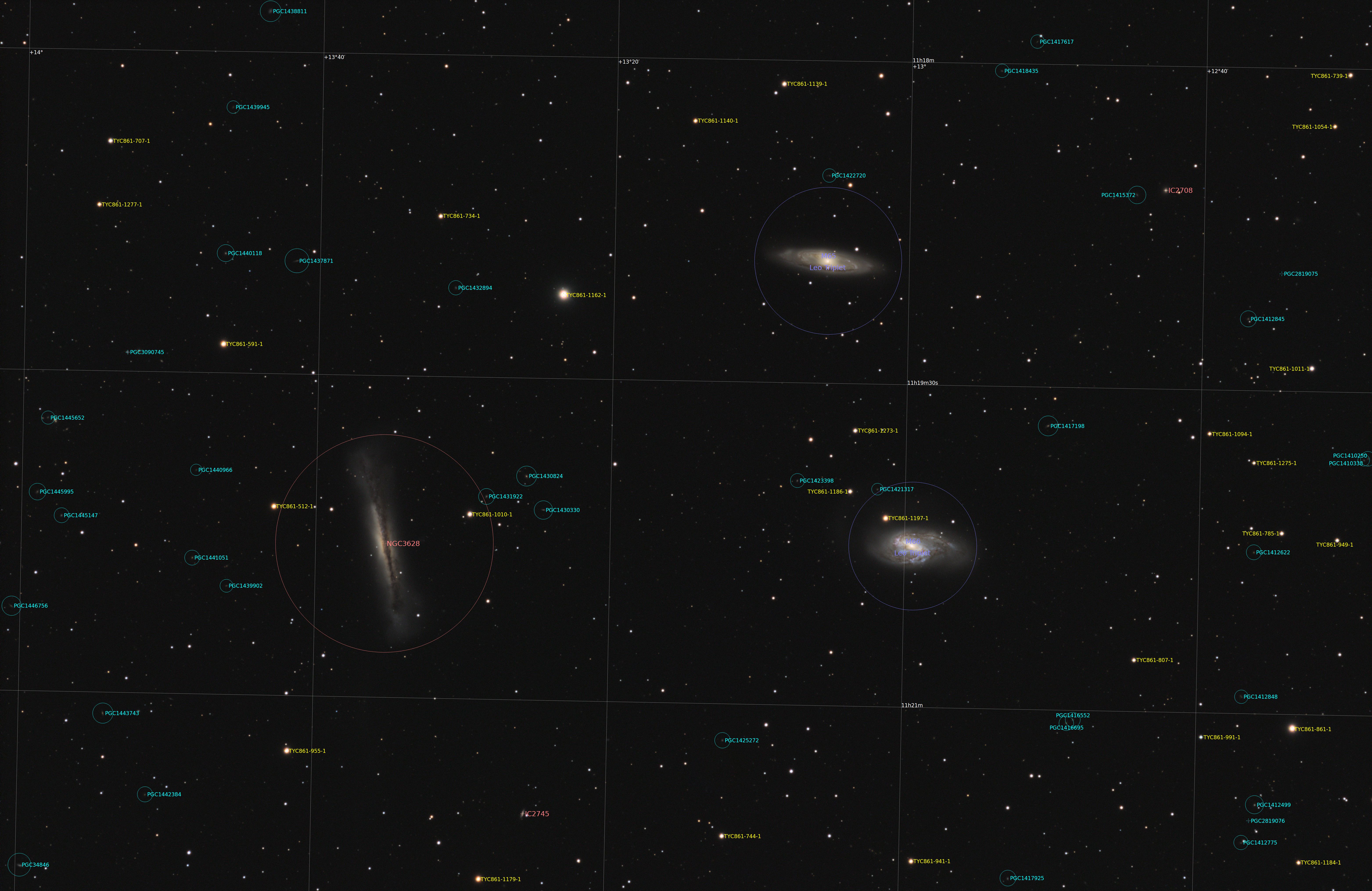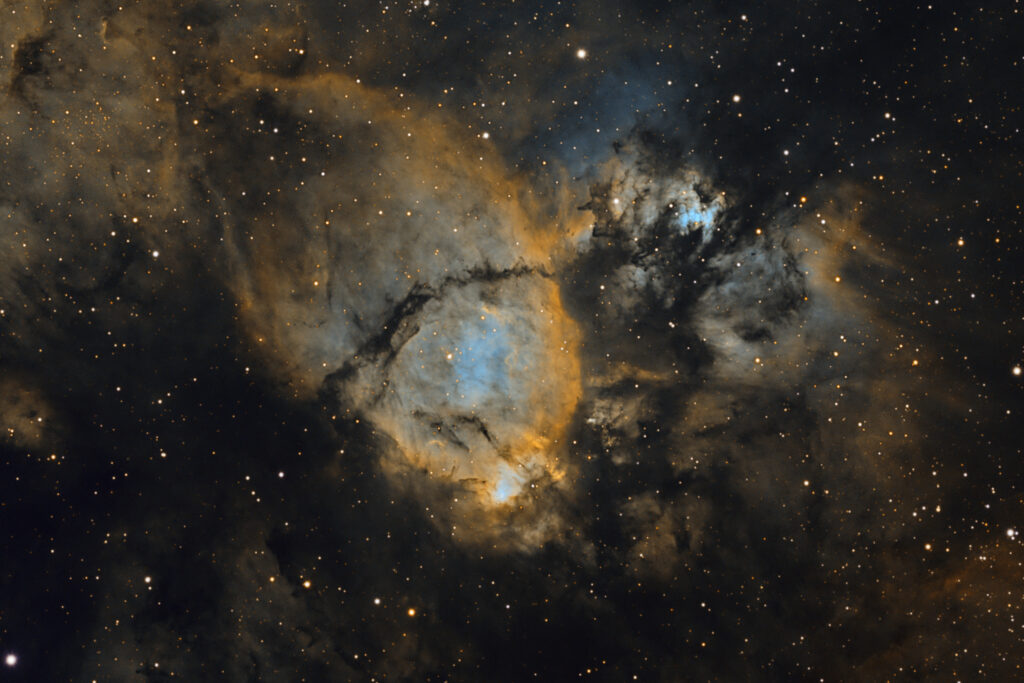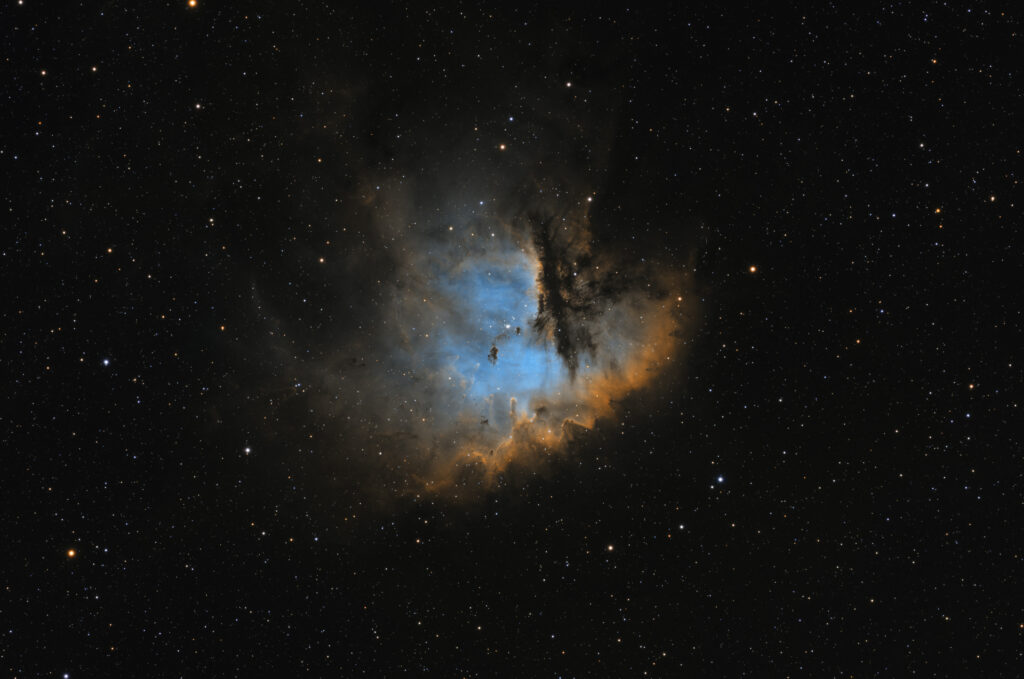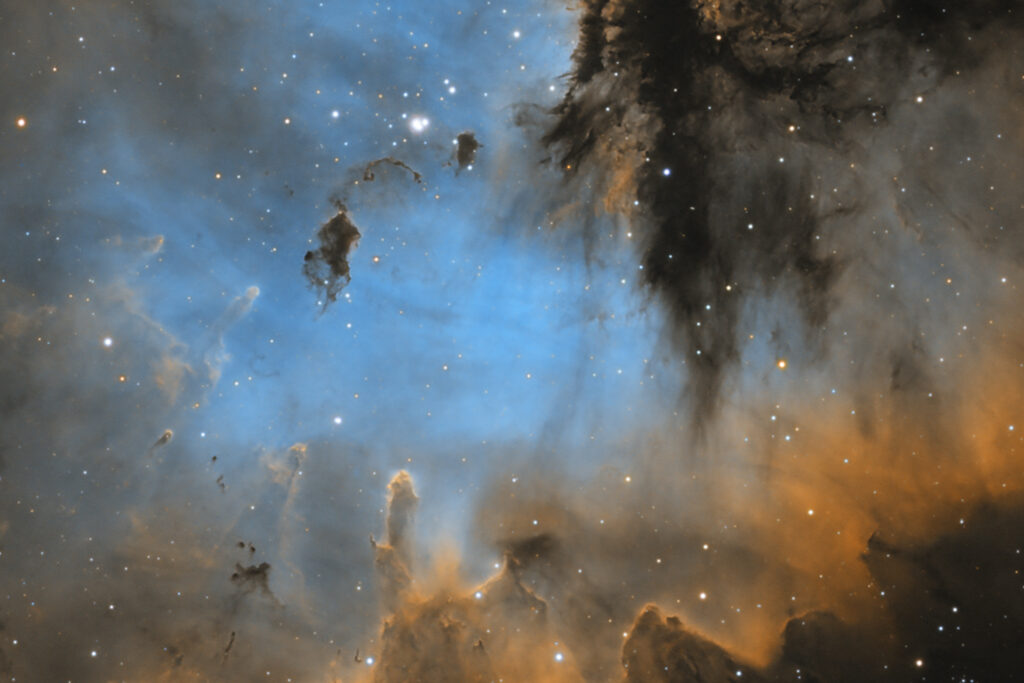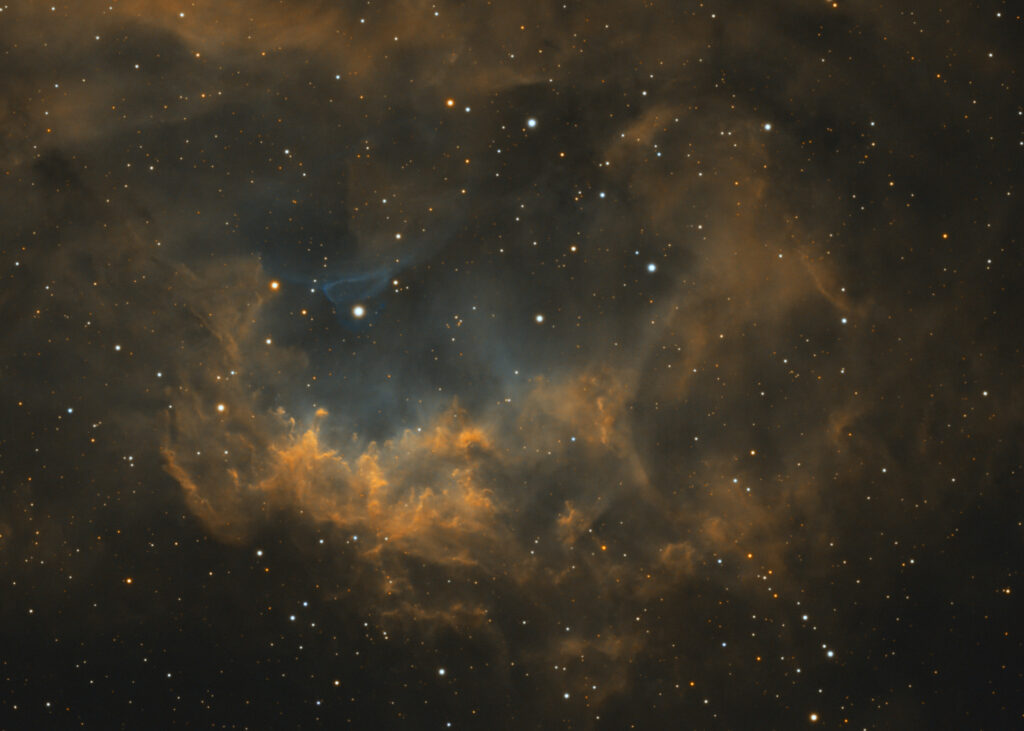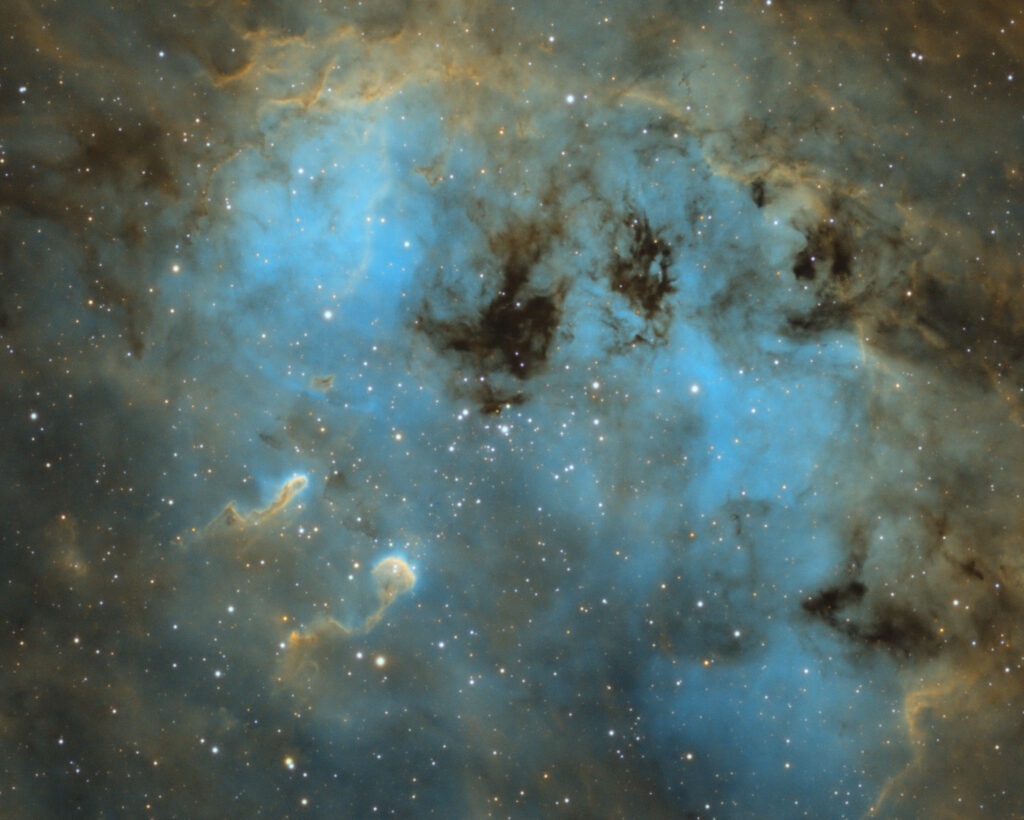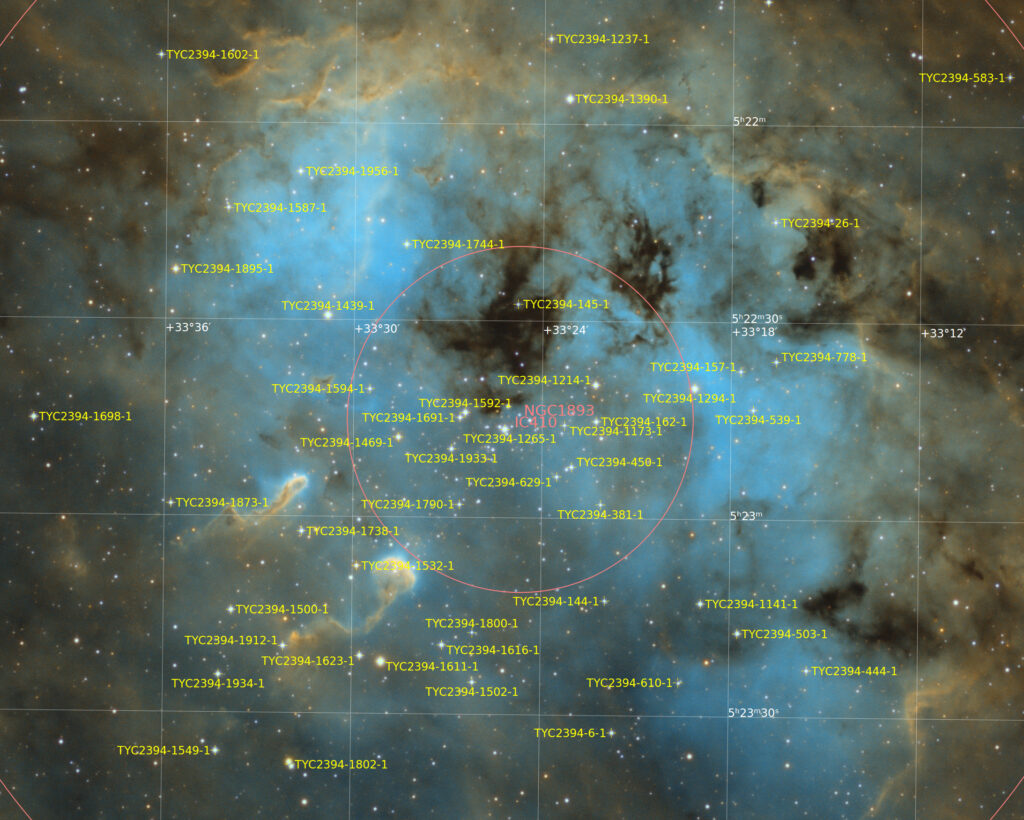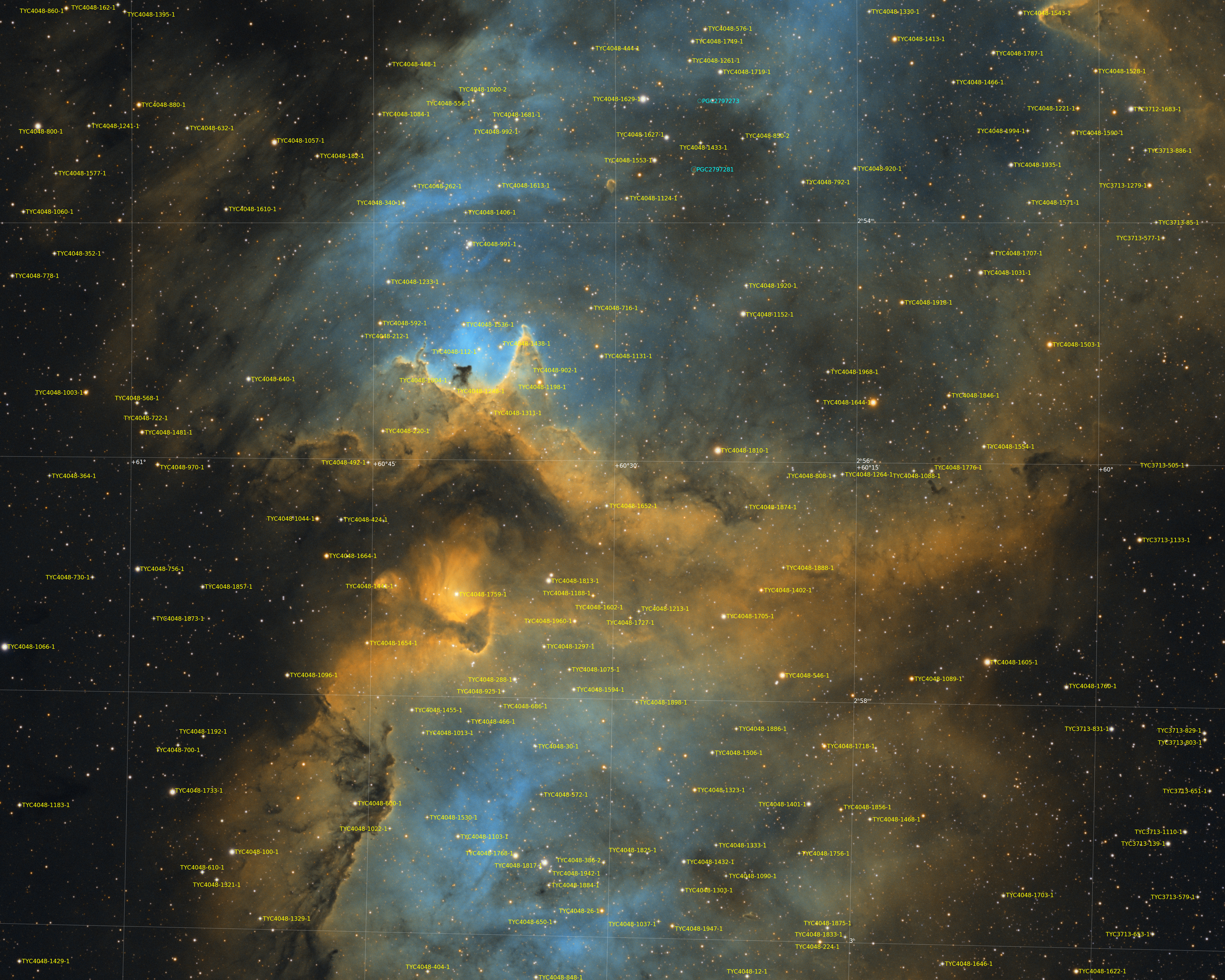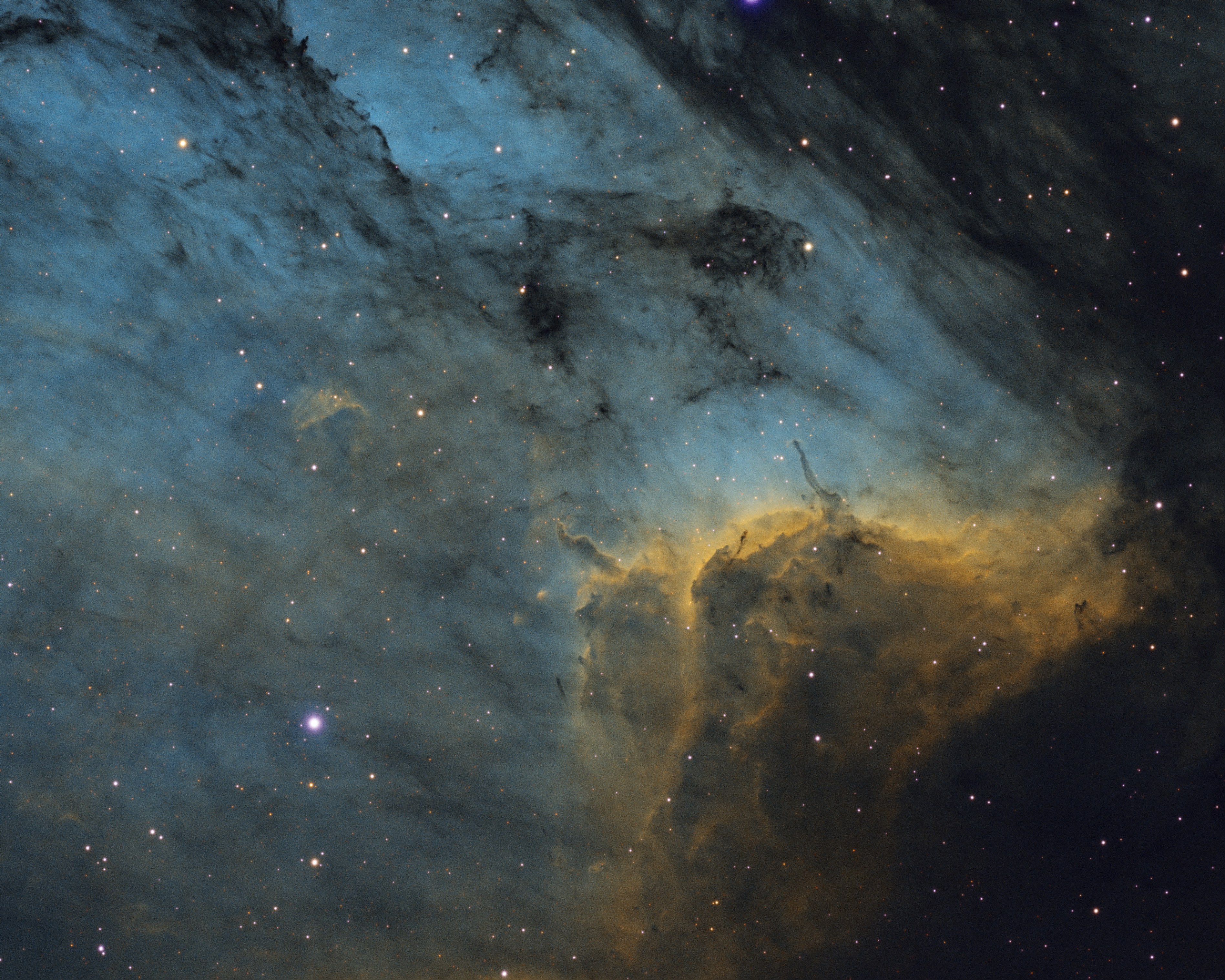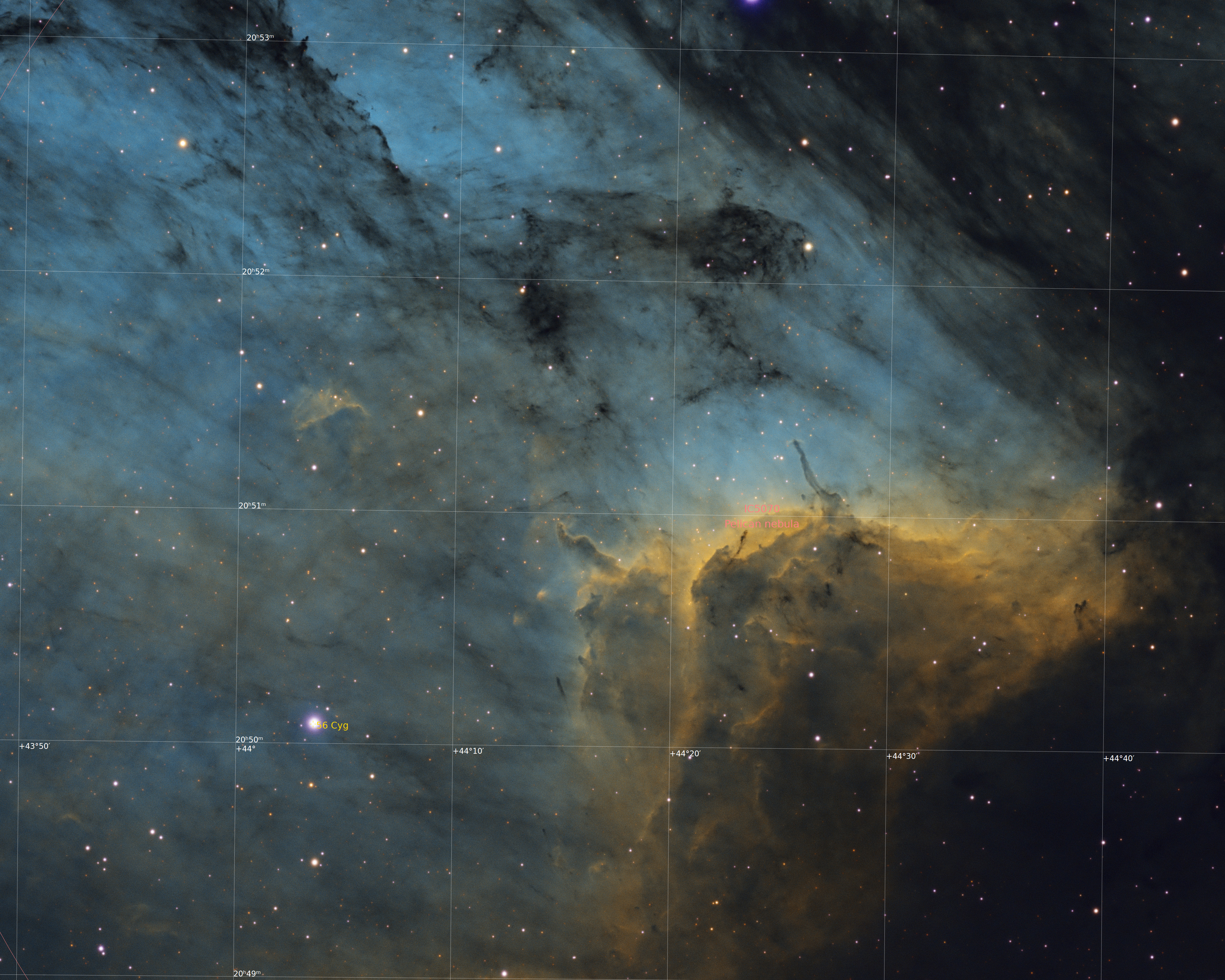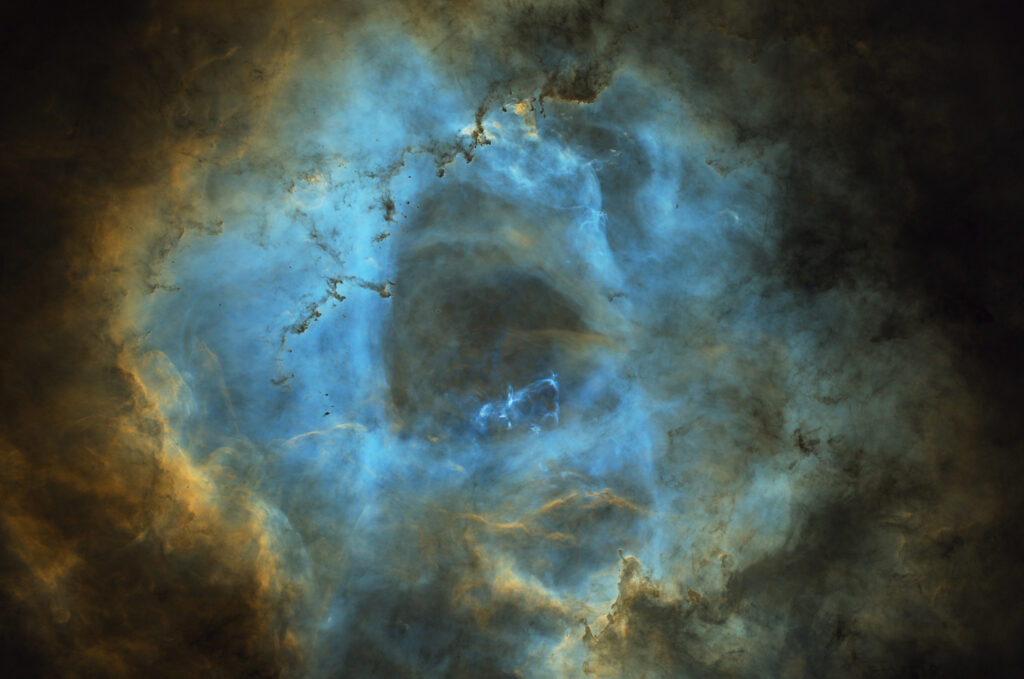
AP130GTX with QHY268M CMOS Camera on AP1200GTO Mount. Total Exposure time of ~17.5 hours comprised of 105 x 5 minute sub frames. Images captured from Clinton, TN.
Located roughly 5,000 light years from earth, the Rosette Nebula is approximately 130 light years in diameter and is home to about 2,500 new born stars in this star forming complex. For a more down to earth factoid, the Rosette Nebula is the official astronomical object of the State of Oklahoma as passed by the Legislature in 2019.
Spring 2021 – Daysprings Observatory
I put a QHY268M CMOS camera into the Observatory to replace the significantly larger pixel sized Apogee U8300 that has been hanging around since the very early days and is starting to hiccup. These were all test images with 3 minute exposures from my fairly light polluted suburban back yard observatory. (SQM is 20.0 to 20.4 depending on season and quality of the night.) Most images are 2-3 hours total exposure in LRGB. Some images were a total loss due to filter wheel problems and filter shift causing incompatible flat frame corrections. Corrective actions have been taken to secure the filters and ensure proper indexing. As it is, none of these images are great but I can’t bring myself to throw them out so think of this as a first light post of sorts for the QHY268M.
M95
A barred spiral galaxy approximately 33 million light years away.
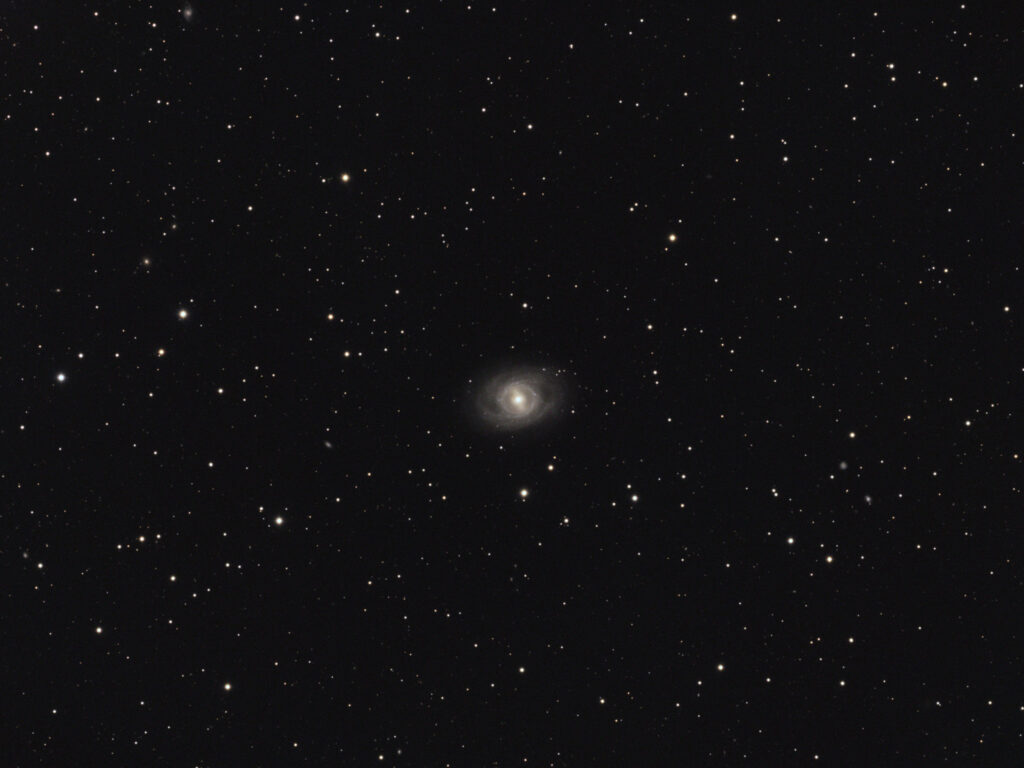
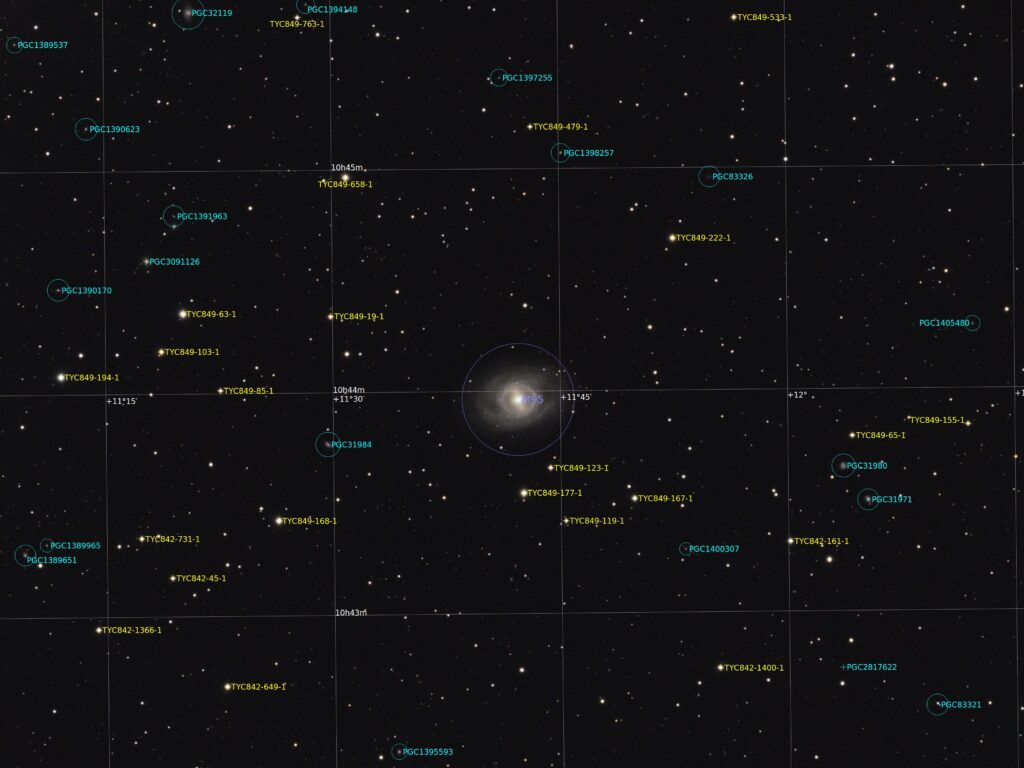
M108
M108 is a barred spiral in Ursa Major and contains about 125 billion solar masses.
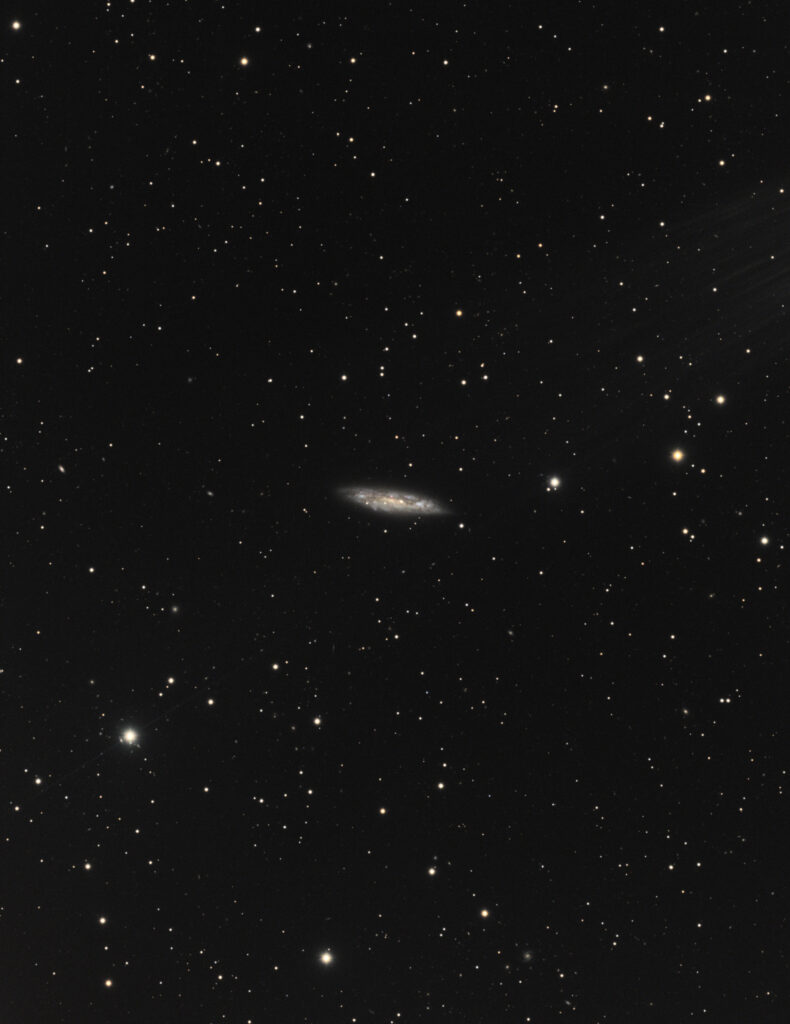
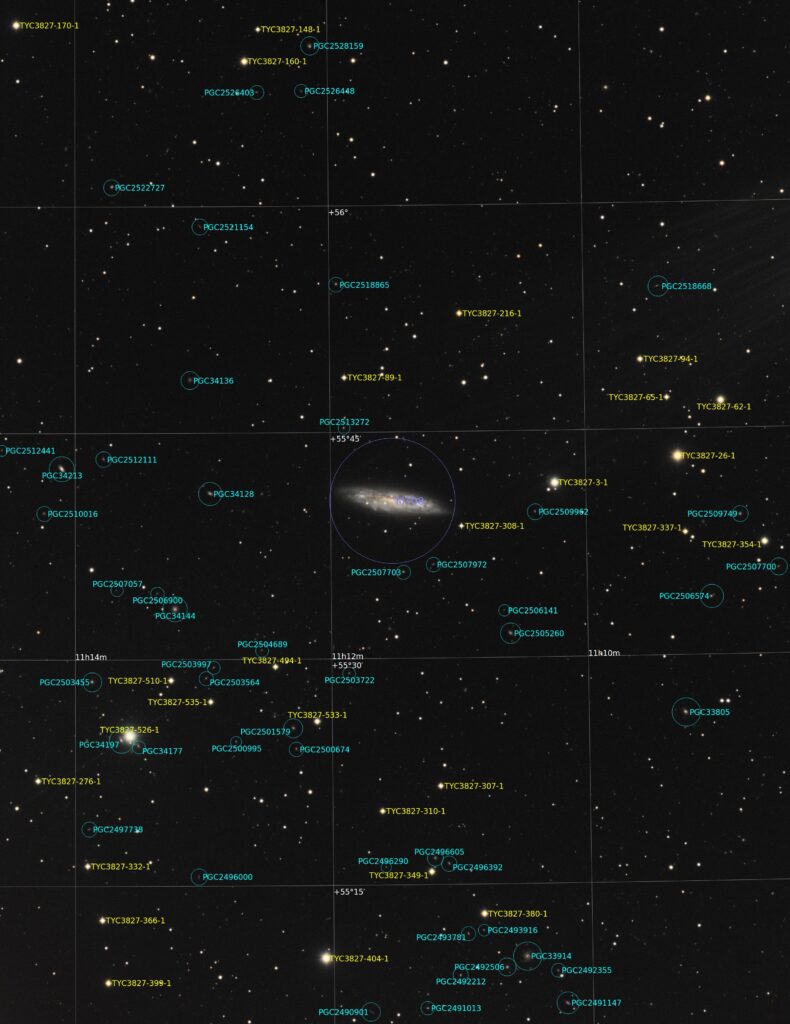
M13
M13 is a globular cluster of several hundred thousand stars in the constellation Hercules.
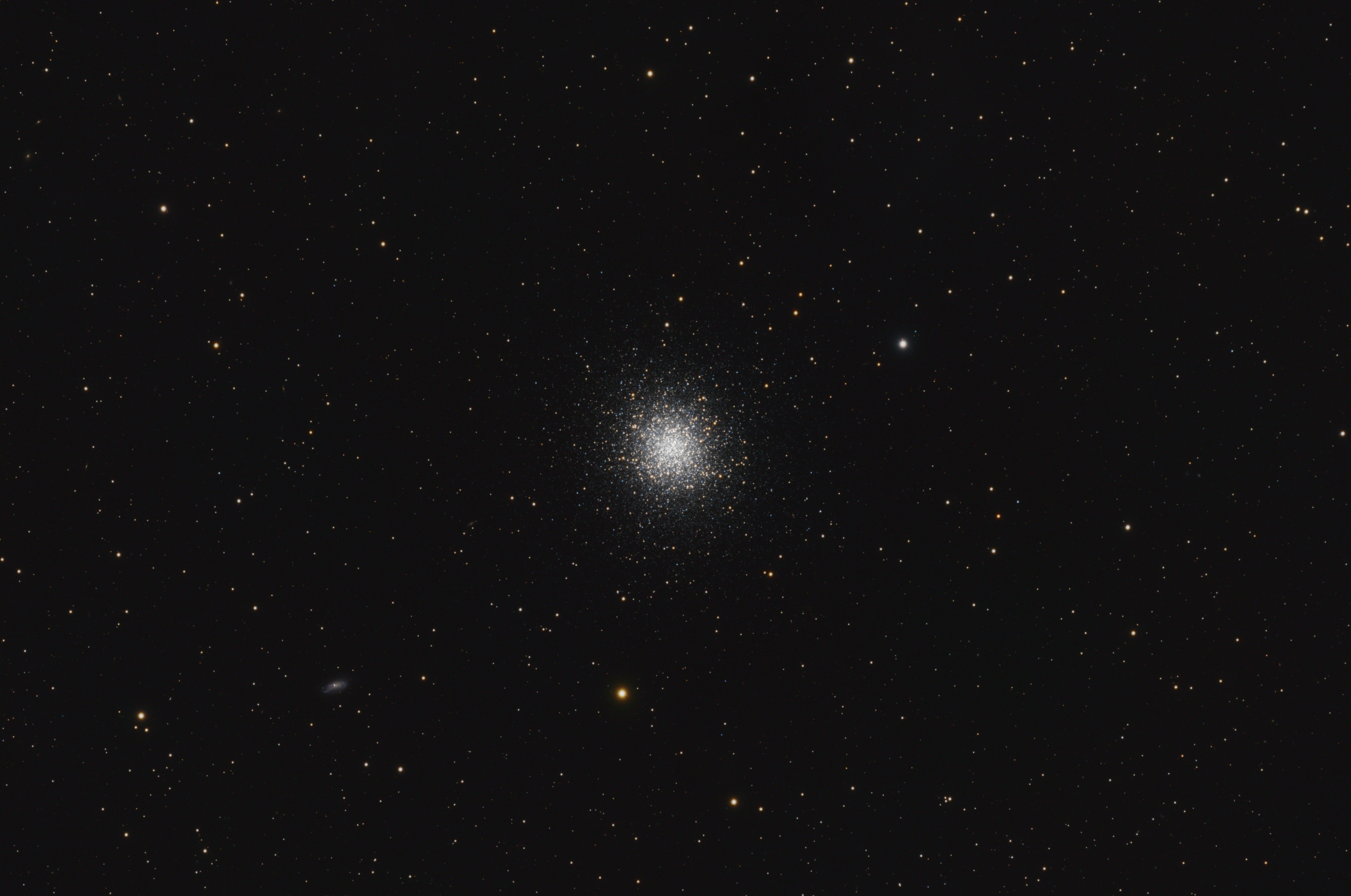
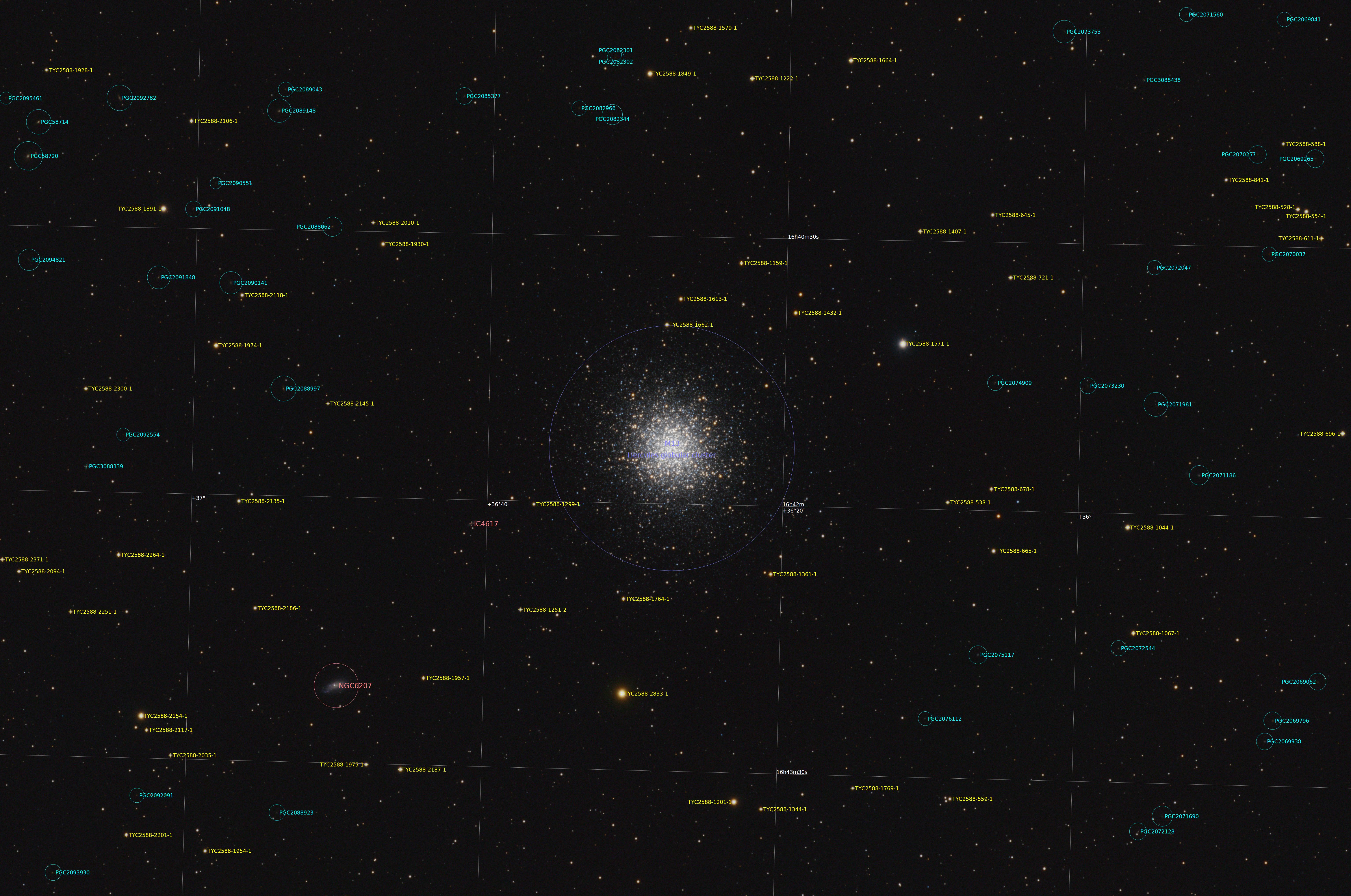
M106
M106 is an intermediate spiral galaxy in Canes Venatici with a detected supermassive black hole at it’s core. It resides approximately 22-25 million light years away. It’s one of the largest and brightest nearby galaxies.


The Leo Triplet
The Leo Triplet, also known as the M66 group, contains M65, M66, and NGC 3628 commonly called the Hamburger Galaxy. The galaxy group resides approximately 35 million light years away.

